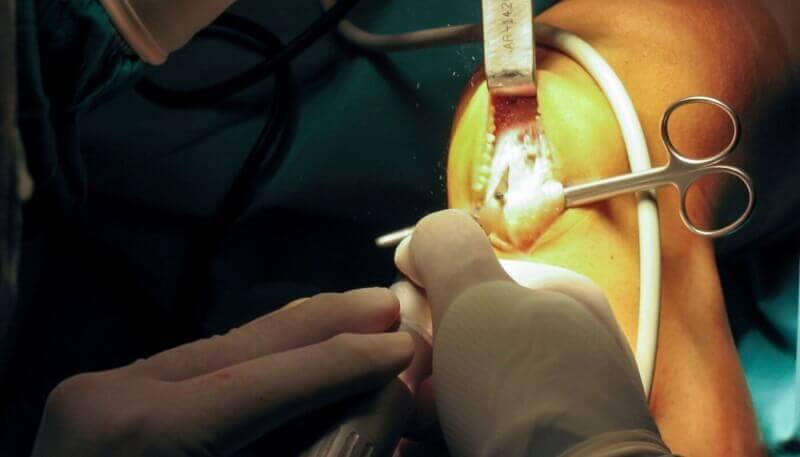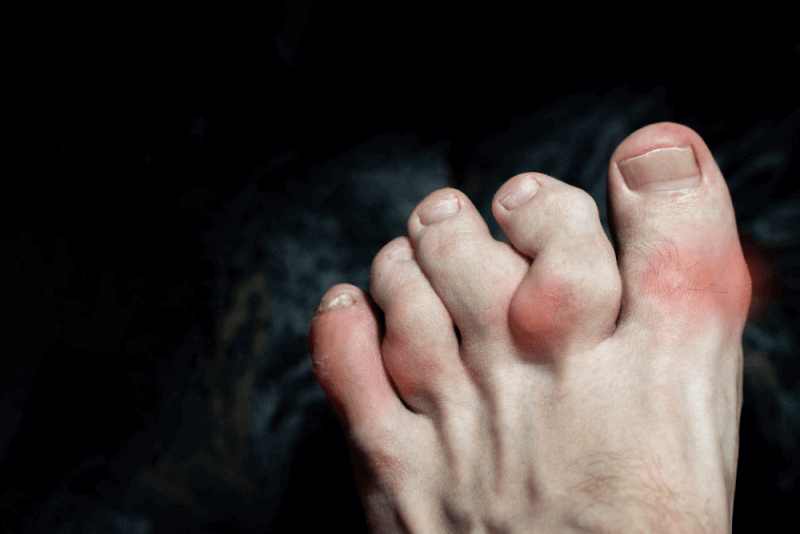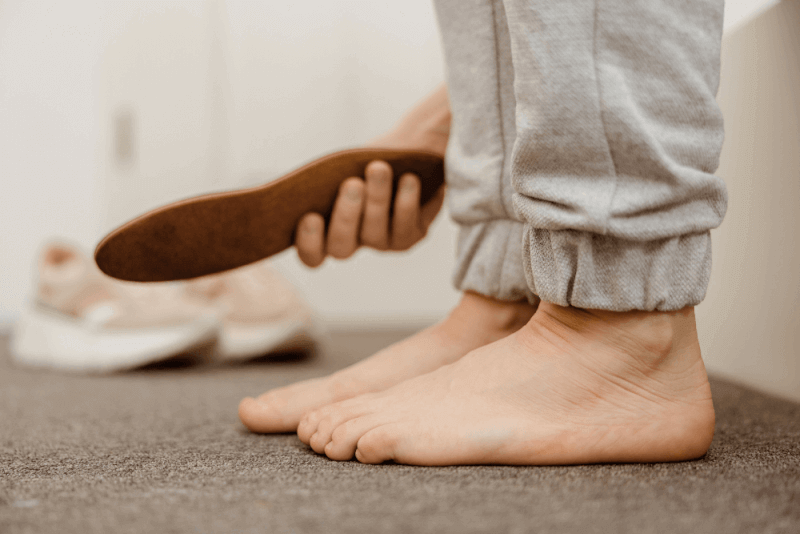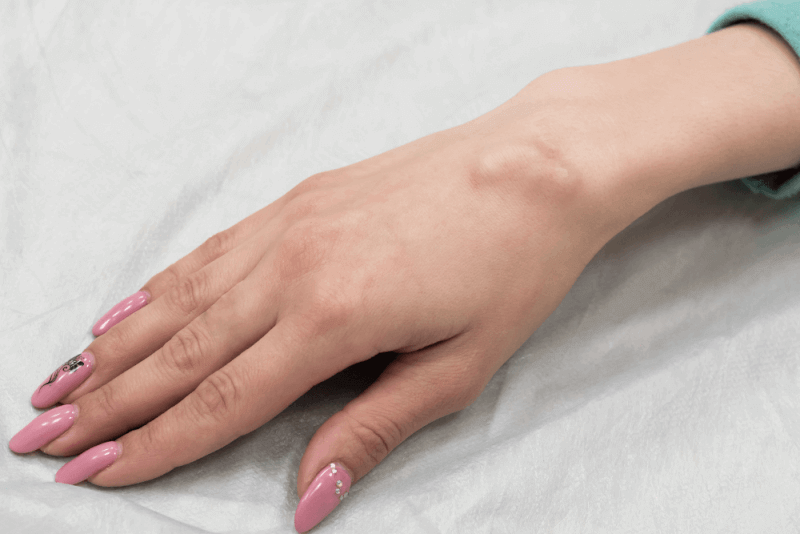The term anterior cruciate ligament, which we are usually used to hearing from soccer players, is one of the main ligaments of the knee. Located exactly in the middle of the knee, these ligaments extend from the thigh bone to the shin bone. The anterior cruciate ligaments prevent the shin bone from sliding in front of the thigh bone. In addition, together with the posterior cruciate ligaments, they keep the knee stable.
What are the causes of anterior cruciate ligament damage?
In order for the anterior cruciate ligaments to tear, the knee must be bent too strongly or extended excessively. For this reason, it usually occurs during sports and is the most common type of sports injury.
The conditions necessary for anterior cruciate ligaments to rupture are usually a series of deceleration forces. It can be caused by a sudden change of direction when the person is passing or a sudden change of direction when the foot is fixed to the ground.
This can involve a rapid change of direction, direct collision or contact, or a false jump.
How is anterior cruciate ligament injury diagnosed?
In order to diagnose damage to the anterior cruciate ligament, physicians will first take the patient’s history. The diagnosis can then be made by physical examination. In some cases, however, physicians may be assisted by other imaging methods and tests such as X-rays, ligament compression tests, MRI or arthroscopy.
Symptoms of anterior cruciate rupture
The most characteristic sign of a ruptured anterior cruciate ligament is that the patient can hear the sound of the rupture. During this sound, they may also feel pain as if their knees have been torn off.
Approximately 2 hours after the injury, there is swelling in the knee area and rotation of the knee.
Anterior cruciate ligament treatment methods
Both surgical and non-operative treatment methods are possible for anterior cruciate ligament injuries. If there is no problem in the general stability of the patient’s knee, then physicians generally do not prefer the surgical option. In this case, he recommends rest, elevation and ice compression. These recommendations are aimed at relieving swelling in the knee and reducing pain. In patients who do not need surgery, physical therapy methods are also applied to restore the strength of the knee. Doctors may also recommend knee braces to immobilize the muscles during the healing process of the anterior cruciate ligaments.
Anterior cruciate ligament surgery
Anterior cruciate ligament ruptures require urgent intervention. Otherwise, the patient’s medical picture will worsen and muscle damage will increase. Surgical intervention is recommended for patients who lose stability of the knee, especially anterior cruciate ligament tears seen in athletes.
Before anterior cruciate ligament surgery, patients are advised to keep their knees in an elevated position, apply ice compresses and secure them with bandages. In this way, the patient’s condition is stabilized until surgery.
Anterior cruciate ligament rupture surgeries have developed rapidly, especially in the last 10 years. For this reason, the success rate of surgeries has also increased rapidly. In these surgeries, damaged tissues can be treated and in some patients, the damaged tissue can be completely removed.
Anterior cruciate ligament surgeries can take up to 90 minutes. The length of time is influenced by the presence or absence of other damage to the knee. Thanks to the developing technology, in anterior cruciate ligament surgeries performed with the closed method, the two broken ligaments are not joined. Instead, tissue is added between the two ligaments. In this method, which is especially preferred in adults, tissue is usually obtained from cadavers.
After the surgery, it is usually sufficient for patients to stay in the hospital for 1 night. However, during their recovery period, they should strictly follow the advice of their physicians. In addition, the recovery period is extremely comfortable with the painkillers used. In addition, the physiotherapy process recommended by physicians after anterior cruciate ligament surgery should be followed carefully.
Conditions that may occur after anterior cruciate ligament surgery
After anterior cruciate ligament surgery, patients can stand up immediately with crutches. If the patient works sitting down, he/she can return to work after 4 days. Patients are recommended to use crutches for 3 weeks. In this way, the operated knee is not overloaded and healing takes place faster. During this process, the patient may be recommended to receive physical therapy.
After the surgery, it takes up to 6 weeks for the tissues to completely fuse. Before 6 weeks, patients are advised not to drive. The time to return to sports varies between 4 and 6 months.
Patients may also experience some complications after anterior cruciate ligament surgery. These complications include infection, pain, loosening of the inserted tendon and bleeding. For this reason, patients should be careful about complications after surgery and remember that there is a risk that the ligament may rupture again. For this reason, it is especially important not to return to sports immediately.











